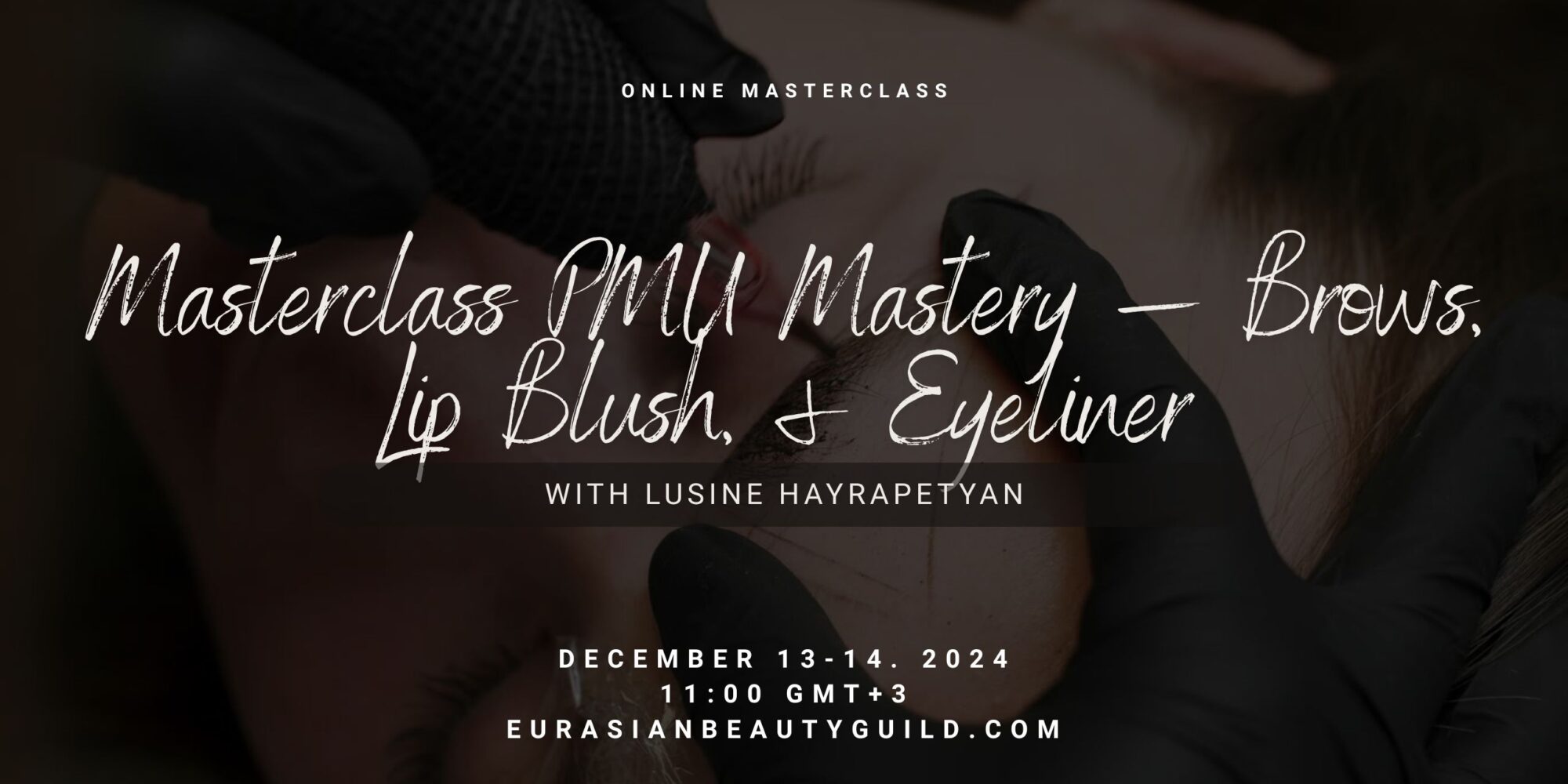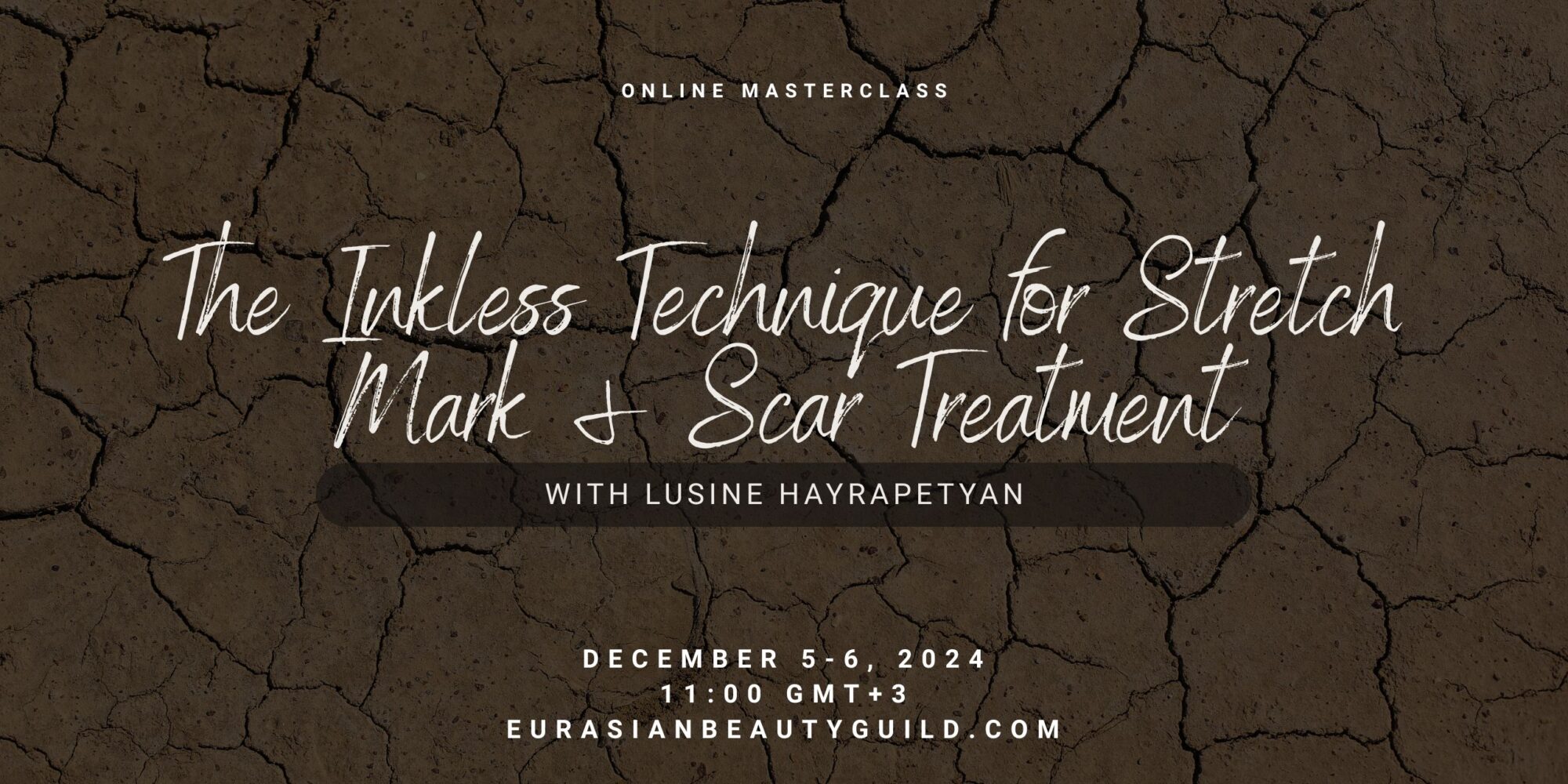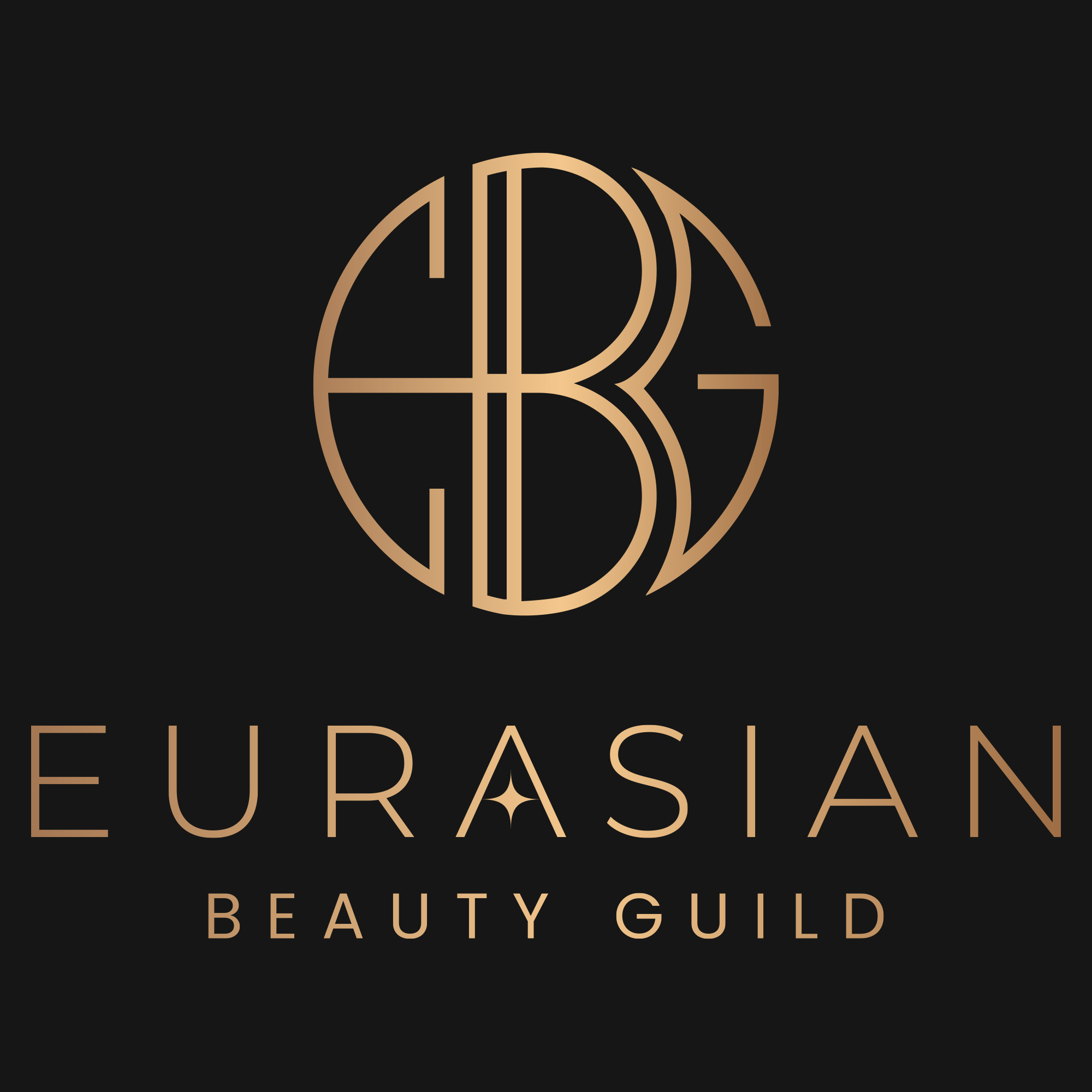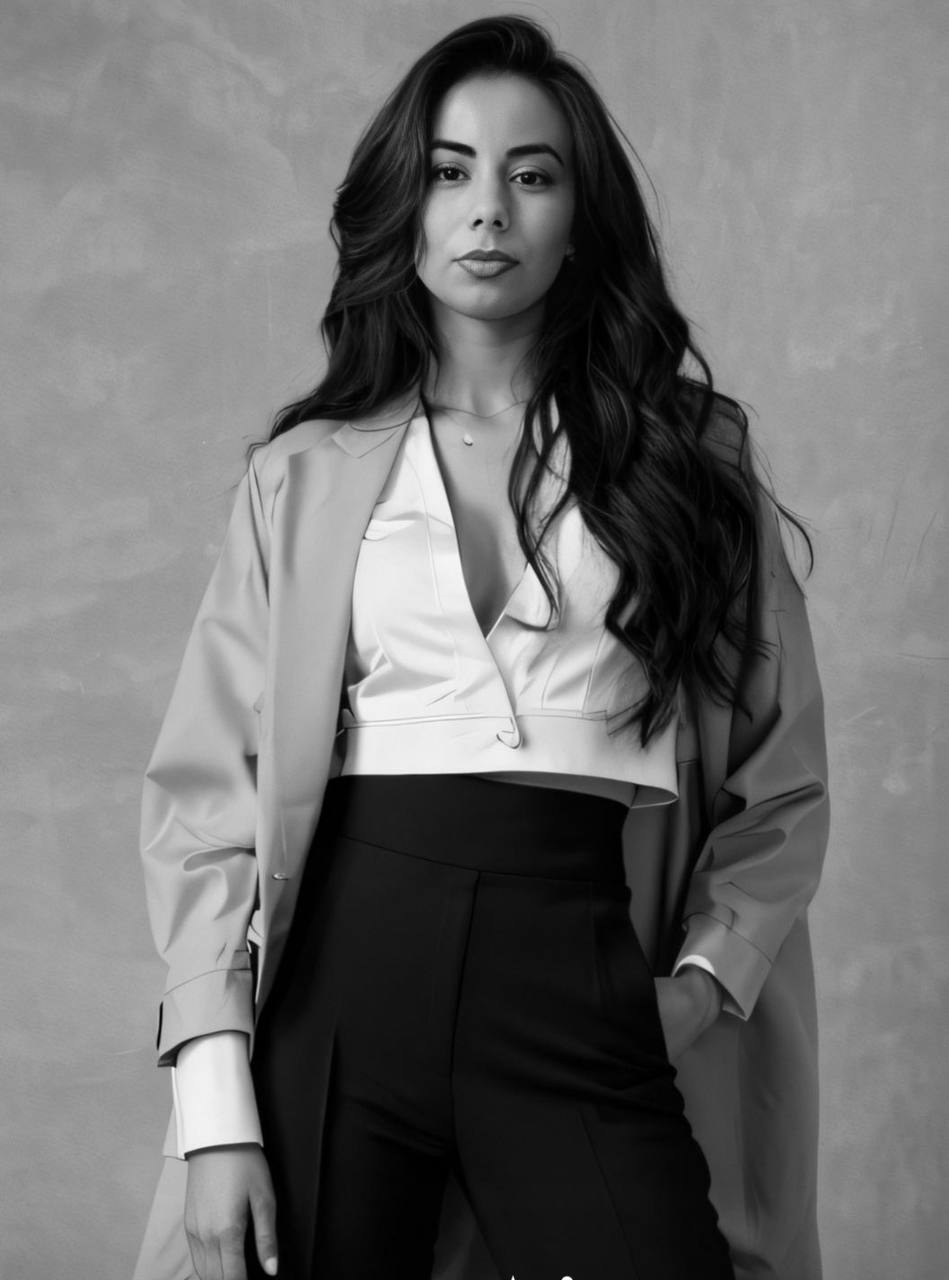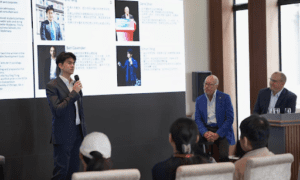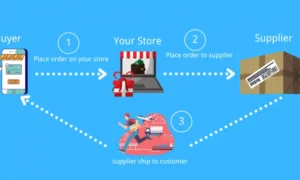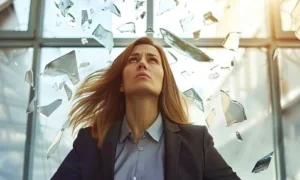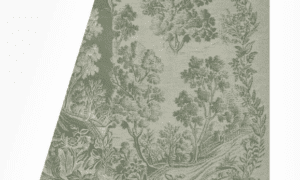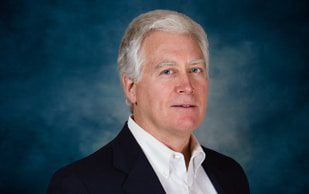In an industry that often confuses trendiness with quality, it’s not always easy to find education that’s genuinely useful. But earlier this month, two quietly outstanding masterclasses reminded everyone what real professional training can look like—and why it still matters.
Held on December 5–6 and 13–14, and organized by the Eurasian Beauty Guild, both sessions were led by Lusine Hayrapetyan, a recognized expert in permanent makeup and restorative skin work. Each course ran for two full days online and was attended by a small group of professionals—14 participants in the first, 16 in the second. What’s noteworthy is not just that these were paid courses, but that they were priced at the higher end of the spectrum. And still, they filled up in advance.
That in itself says a lot. But what happened inside those sessions says even more.
Inkless Technique: When Restoration is Done Right
The first masterclass focused on what Lusine calls the “Inkless Technique”—a pigment-free method for working with stretch marks and scars. It’s not a marketing term. It’s a specific approach based on triggering the skin’s healing response without adding anything artificial.
What struck me most wasn’t the technique itself, but how it was taught. There was no dramatization, no overproduction. Lusine worked from facts: how the dermis responds to trauma, how different scars form, and how to approach each case with caution, consistency, and structure. She broke down the types of stretch marks, the ingredients used in aftercare, and how to determine if someone is a suitable candidate.
Many of the attendees were already certified in microneedling or medical tattooing, yet the comments coming in during the Q&A made it clear that this was the first time they’d had such a thorough breakdown of both theory and application.
One attendee—a senior aesthetician from Almaty—wrote in the group chat:
“I’ve been doing scar work for three years. No one ever explained the wound response in this much detail. I’m rewriting my entire protocol after today.”
PMU, Without the Noise
The second masterclass shifted focus to Lusine’s permanent makeup techniques—specifically ombre brows, lip blush, and lash-enhancing eyeliner. If you’ve followed PMU education trends, you know the landscape: Instagram-friendly visuals, branded pigments, a lot of promises, and not much rigor.
This was not that.
Instead, Lusine took her time. She talked through machine settings. She demonstrated different results on different Fitzpatrick types. She discussed pigment migration and how to prevent it. And she mapped faces like a designer drawing blueprints—showing that good brows start with structure, not style.
I’ve sat in on dozens of PMU workshops. This one had a different tone. There was nothing rushed, nothing improvised. It felt like sitting next to someone who had already solved the problem and was just calmly walking you through the logic of it.
One participant—an artist from Vilnius—said during the recap:
“I’ve never felt this confident about eyeliner. Everyone always says ‘just follow the lashline’—but Lusine explained why that advice doesn’t work on every eye shape. That changed everything.”
Structure You Don’t Have to Think About
While Lusine clearly set the tone, a large part of the success also came down to how the masterclasses were organized. The Eurasian Beauty Guild didn’t just provide a platform—they created an environment.
Every participant received clear onboarding. The materials were translated. The platform worked. Certificates were prepared. No one had to ask twice for anything. The whole experience—from technical support to moderation—ran without friction. That may sound like a small thing, but it made a big difference.
In an industry where training events are often chaotic or overly promotional, this was something else: calm, consistent, focused. That tone matched Lusine’s teaching perfectly.
When I asked Arshat Khalykova, President of the Eurasian Beauty Guild, about the Guild’s role in shaping events like this, she was direct:
“We don’t want to compete with flashy content. We want to support people who take the profession seriously. Lusine doesn’t sell hype. She teaches technique, thinking, and ethics. That’s exactly who we want to work with.”
It’s not just a philosophy. It’s a filter. EBG doesn’t run mass-market webinars or open forums. It curates. It focuses on professionals who are building long-term careers, not chasing short-term trends. And it provides them with infrastructure they can trust—whether that’s training, recognition, or access to a broader professional network, a real association for beauty professionals.
No Drama, No Hype—Just Growth
There was no grand announcement at the end of either masterclass. No course launch, no product pitch. Just a quiet invitation to stay in touch, keep improving, and take what you learned into your next appointment.
That, in many ways, is what made the whole experience feel so rare.
In an era where “masterclass” often means a slideshow and a selfie, Lusine Hayrapetyan and the Eurasian Beauty Guild delivered something very different: a working model of what good education in this field can look like. One rooted in structure, not personality. One that respects both the client and the practitioner. One that doesn’t waste your time.
There was no applause, no standing ovation. But judging by the follow-up messages in the group chat—and the silence during the actual sessions—you could tell the people who showed up knew they’d found something valuable.
For two weekends in December, the profession looked a little sharper. A little more serious. And thanks to Lusine and the Guild that supported her, it also looked like it had a future worth investing in.

